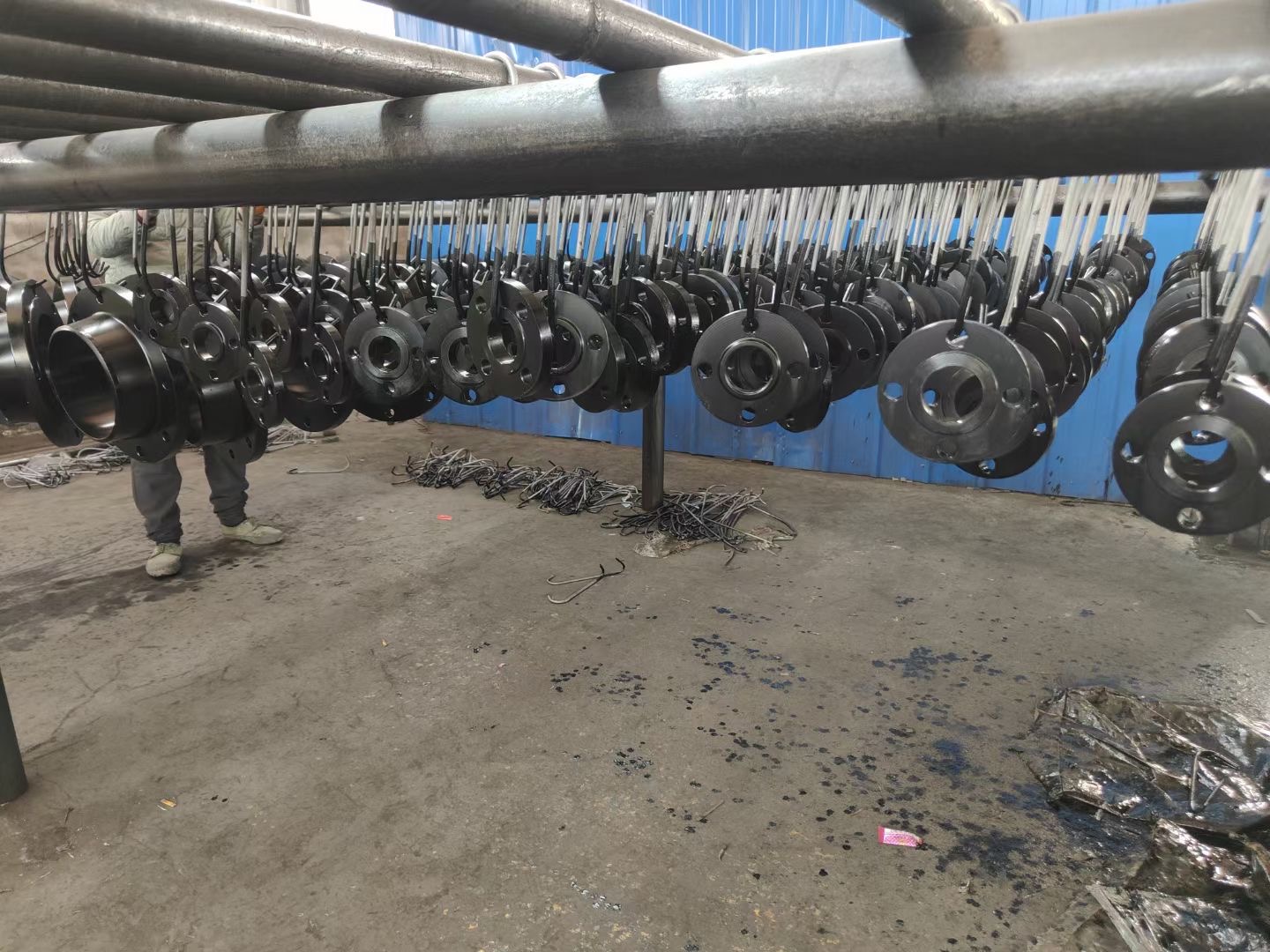When producing container equipment, cracks occur in the neck of stainless steel flanges during the welding of flanges and cylinder bodies, rather than at the welding site. The reason for the cracks after flange welding is thermal cracking, which occurs during the cooling process of welding at high temperatures. It mainly occurs in the weld metal, with a small amount near the weld. These cracks can be classified as crystalline (solidification) cracks, liquation cracks, and multi-pass cracks.
Crystalline cracks are the most common and mainly occur in materials with a high content of impurity elements in the weld metal, such as carbon steel (S, P, Si, and C), single-phase austenitic stainless steel, aluminum, and its alloys. The main influencing factors include welding tensile stress, low melting point eutectic (chemical composition of weld metal), and the degree of overheating of the welding joint (process). For materials like 304 stainless steel, which has good plasticity, if it is a forged flange, the welding process requirements are relatively loose, and cracks are generally less likely to occur. However, in the case of castings, such situations are more likely to occur.
How to determine the welding method for flanges:
In general, pipelines are welded by inserting them into flanges, and butt welding flanges are used for butt welding. The pipe is butt-welded to the surface of the butt-welding flange, and socket welding cannot undergo X-ray inspection, while butt welding can. Therefore, it is recommended to use butt-welding flanges for welding joint inspection requirements. Generally, butt welding has higher requirements than socket welding, resulting in better post-weld quality, but the testing methods are relatively strict. Radiographic testing, magnetic particle socket welding, or melt-through testing may be required. If the welding requirements for the fluid inside the pipeline are not high, it is recommended to use socket welding for the convenience of fluid inspection in the pipeline.
Socket welding connections are mainly used for welding small-diameter valves and pipes, pipe fittings, and pipelines. In general, small-diameter pipelines have thin walls, are prone to misalignment, and are susceptible to corrosion. Butt welding is difficult and more suitable for socket welding. In addition, socket welding has a reinforcing effect and is often used in high-pressure situations. However, socket welding also has some disadvantages. After welding, the stress conditions are poor, making it prone to welding defects. Gaps may exist in the pipeline system, making it unsuitable for pipelines carrying corrosive-sensitive media and pipelines requiring high cleanliness. Additionally, for ultra-high-pressure pipelines, even if the pipe wall diameter is small, a large wall thickness allows for the preferential use of butt welding to avoid socket welding.
In conclusion, socket welding forms a fillet weld, while butt welding forms a butt weld. Through the analysis of the strength and stress conditions of the butt weld and fillet weld, it is found that butt welding is superior to socket welding. Therefore, in situations where the pressure level is high and the operating conditions are challenging, using butt welding is necessary.
Pipeline flanges are welded in the forms of flat welding, butt welding, and socket welding.
1.Choose suitable flange materials for the pipes, such as stainless steel pipes. The use of flanges made of materials like carbon steel is not allowed.
2.Based on the nominal diameter (DN) of the pipeline and the nominal pressure (PN) of various parts of the pipeline system, select appropriate flanges. Currently, international pipe flanges mostly follow the American standard system and the European standard system.
3.Depending on the specific working conditions, choose the structural form of the flange, such as neck flat welding, slip-on flanges, etc. The sealing surface can have a fully flat surface, a concave-convex surface, and so on.
4.For non-standard components, follow the flange specification design procedures for the design and manufacture of non-standard components.

